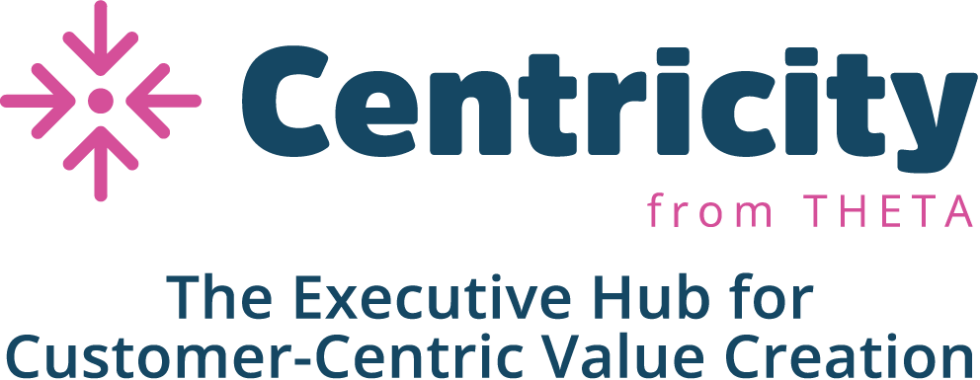Focus on CLV Accuracy First – Integrating It with Your E-Commerce Stack is Easier Than You Think
March 2025
In the fast-paced world of e-commerce marketing, having the right data setup is critical. But here’s something marketers often overlook: integrating Customer Lifetime Value (CLV) into your data stack doesn’t have to be complicated or intimidating. In fact, it can be surprisingly straightforward, and when done right, it gives your entire marketing strategy a major boost by helping you focus on long-term customer profitability. That’s why instead of focusing primarily on data flows and integrations, you should first get the CLV model right as its accuracy directly impacts your bottom line, as we’ve discussed previously.
What a Typical E-Commerce Data Stack Looks Like
Let’s say you’re running a successful online store, using a platform like Shopify, Magento, BigCommerce, or WooCommerce. These platforms capture lots of useful data about your customers and their purchasing behaviors. But raw transaction data alone isn’t enough to drive your marketing decisions.
That’s where a data warehouse comes into play. Think of tools like Snowflake, Google BigQuery, Redshift, or Databricks as the “brain” behind your operations, storing and processing data from all your systems in one convenient place.
To get your data from your e-commerce platform into the warehouse, you’ll typically use ETL (Extract, Transform, Load) tools like Fivetran, Stitch, or Airbyte. These tools move data smoothly and automatically. Once the data is in the warehouse, ELT (Extract, Load, Transform) solutions such as dbt or Airflow clean up and structure your data, making it easy to use for marketing analytics.
Next up, a Customer Data Platform (CDP) like Hightouch, Segment, or RudderStack helps unify this data into comprehensive customer profiles. With this unified data, you can build actionable customer segments, enabling more personalized and effective marketing.
Finally, Reverse ETL tools such as Hightouch or Census take this enriched data and push it back out to your marketing platforms like Salesforce, HubSpot, Klaviyo, or Iterable, helping you run campaigns tailored specifically to each customer segment.
Integrating CLV Doesn’t Need to Be Complex
Here’s the good news: Adding CLV into your existing workflow doesn’t mean you have to introduce another complicated piece of technology. When choosing a CLV solution, prioritize accuracy above all else. Integrations and data flows can be relatively easily managed using widely available, standardized tools. All you really need are accurate CLV numbers in your data warehouse or CDP. From there, your CDP can leverage its built-in segmentation tools and integrations with advertising networks such as Meta or Google Ads or marketing platforms. For instance, using a reverse ETL tool like Hightouch, you can effortlessly map and sync your CLV data directly into these platforms, enabling various CLV-based strategies from high-value customer acquisition (using value-based lookalike audiences and value-based bidding) to retention and customer development. Hightouch’s intuitive interface allows automated, regular syncs with minimal effort, often achievable in just a few clicks or through simple configurations.
This means you can spend less time dealing with technical hurdles and more time refining your CLV model to ensure it’s truly representative of your customers’ buying behaviors and your business dynamics.
Why Accurate CLV is Worth the Effort
The built-in CLV calculations you might find in some marketing platforms or CDPs may seem helpful, but they’re usually pretty basic and inaccurate. They often miss key details unique to your business, like seasonality, customer lifecycle, inherent differences in customer behaviors, and many more. These models are usually not validated on your data and therefore can’t be fully trusted. As they say, garbage in, garbage out.
When you invest in a more accurate CLV model, you’re able to significantly improve the ROI of your marketing initiatives. Platforms like Meta and Google Ads can use detailed CLV data to create powerful value-based lookalike audiences and bid based on the long-term customer profitability, increasing your ads ROI by 20-30% or more. Similarly, CRMs and CDPs segmentation using more accurate CLV score will enable highly personalized campaigns that better resonate with your customers.
Even Smaller Stacks Can Benefit from Accurate CLV
Even if your company doesn’t yet have an extensive tech stack, you can still benefit from integrating accurate CLV. For example, if you’re primarily using Shopify combined with a simple data warehouse, using an accurate CLV model with a basic integration setup through platforms like Hightouch or Census, you can quickly see significant improvements in your marketing results.
CLV doesn’t just enrich your existing data stack – it helps you make smarter marketing decisions, maximizing profitability by focusing on long-term customer relationships. Best of all, with the right integrations, incorporating accurate CLV into your current system is simpler than you might think, and the payoff can be enormous.
